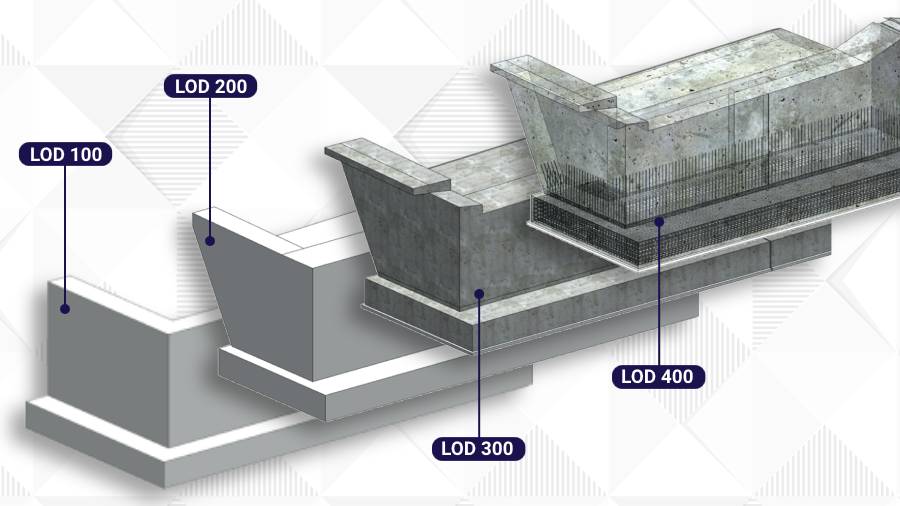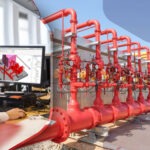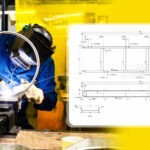Have you ever heard about the term LOD? Or what does LOD stands for? Why it is undertaken? Well, no more brainstorming. Here is the answer to all your queries and concerns. Today, what we are discussing is the key factor of LOD along with differences at each of its levels.
Any construction project that is outsourced, is incomplete without utilizing LOD. Based on the project needs and requirements the team undertakes different LOD. These are ranging from LOD 100, LOD 200, LOD 300, LOD 350, LOD 400, and LOD 500.
Introduction
LOD – Level of Details or Level of Development, is the process that indicates the required information that possesses to BIM models. This is the phase of the project that highlights the key parts of the project. In a single word, we can say that it is the state of information that identifies the entire concept of the work with its method.
Further, all the necessary information that a BIM model contains is an understanding of the level of data, its parameters, and geometrical data. To make this project a success, an evident form level of detail services is used. This is further continued with the aspect of having a 3D BIM model creation. But as they say, these parameters cannot be viewed with a virtual model, rather it is necessary to have detailed in-depth knowledge of the level of detail or level of development services.
Types of LODs
LOD 100 – Conceptual Design
The beginning of the project is initiated with the undertaking of LOD 100. It is known as one of the traditional conceptual design phases. This is the level that helps deliver the physical information that is possible for making a project successful. With the help of necessary BIM tools and technology, the model data is created with detailed understanding and analysis.
LOD 200 – Schematic Design
To develop the design and model of the project, LOD 200 is taken into consideration. It is the phase that helps transform the conceptual design that is associated with the model. This model further is available for the creation of construction documents. In simple words, we can say that this is the longest phase of the project in which any model has to undergo both traditional and modern architectural design development efforts.
LOD 300 – Detailed Design
When it comes to getting the model element of the project, LOD 300 is utilized. It is the process in which the element is graphically represented in the model itself. The representation of the model was included to get information like quantity, size, shape, location, and orientation. This will further continue with the non-geographical information that is attached to the model element.
LOD 350- Greater Details and Construction Documentation
The details of the construction documentation are more precise and in-depth. It is the art of work that the AEC companies demand to represent the building model. It delivers the interface of the design and various building systems. It further continues by delivering other elements that have written information and graphical data.
LOD 400 – Fabrication and Assembly
The achieving of LOD 400 is possible with the fabrication and assembly of the model. This is the process that is directly extracted from the BIM model. The process of LOD 400 is utilized for scheduling and coordinating the project phases.
The common stage of development here is derived from the design information. From different CAD platforms, the fabrication model is designed and developed. The technology and fabrication level are different from that required in the project.
LOD 500 – As-Built
The final stage of the project contains all necessary building elements. It is the stage that is undertaken at the post-construction level. The hand-over of the project when delivered is handed over to the facility managers who are maintaining the records of the life-cycle management of the building.
Moving further, it is also said that the utilization of LOD is more precise and accurate. The higher is the use of LOD, the outcome is more detailed. The complete feature and deliverables are described on one single element that is part of the BIM model.
Also, understanding the project’s needs and requirements it is the BIM engineers who help them with customized LOD. The entire process thus is simplified and represented in a form that adds value to the work and its operational functions.
So, higher LOD = higher “detail”?
It is a common belief in the construction industry, that the higher the LOD, the more detailed outcome is received in a project. The featuring of details is more precise and every element is been described in the part of the BIM model.
But this statement is not 100% true. Based on the needs and requirements of the project customization is required. It is because it fulfills the actual purpose of the BIM process. The concept of getting more higher LOD is entirely visualized in the hybrid level of the BIM projects. It is majorly seen between LOD 350, LOD 400, and LOD 500.
The complete experience of having a higher LOD is to develop a trust factor between the specific data that the facility manager and the owner demand from the BIM outsourcing companies. In simple words, it is said that the data deliverable is simplified in its geometry and is lighter in weight that contains data that is entirely theoretical and hypothetical.
Final Words
The blog shared deliverers the stages and processes that make the entire BIM LOD stages more workable and scalable. Also, based on the concept of the project and its real need different phases of LOD are taken into consideration. To achieve the goal at a higher level the best way is to define the necessary LOD with great benefits.



